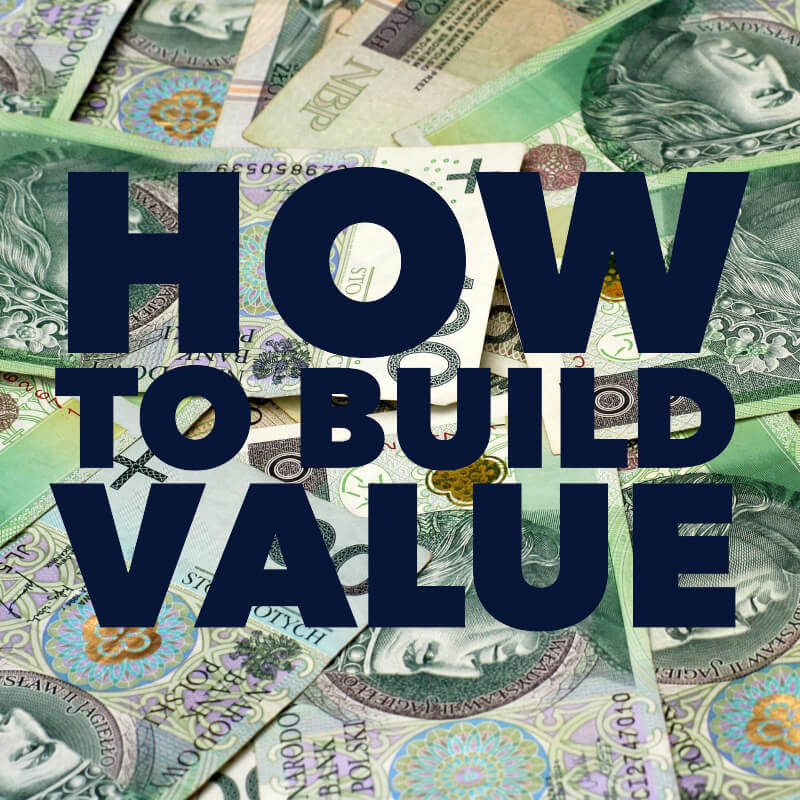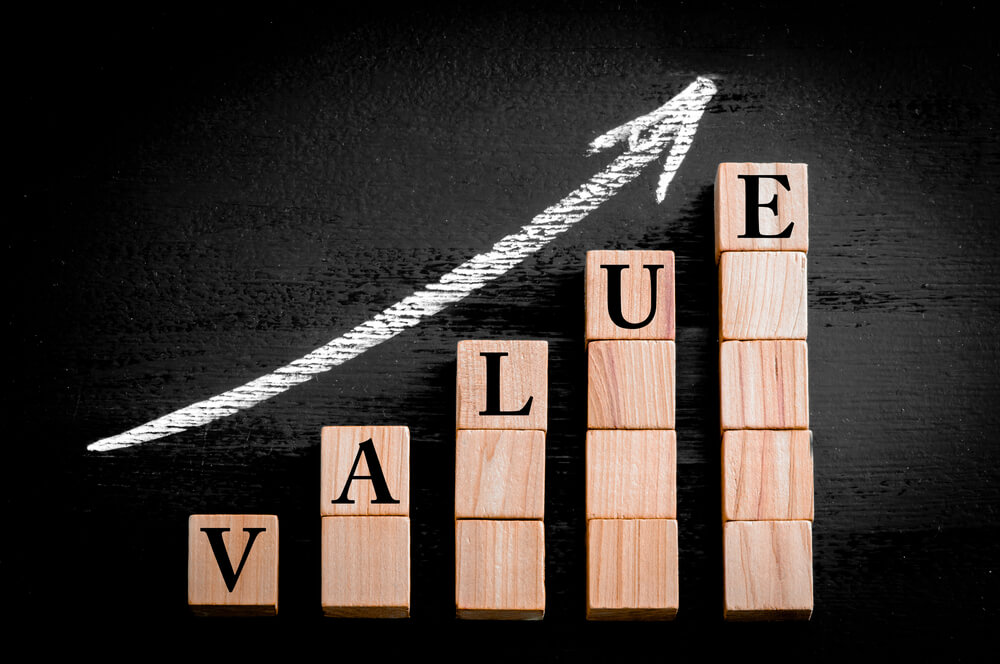An article in AdWeek Magazine titled “The Survivors” promised to teach readers, “How to make it as an indie agency in the merger era.” (For those of you not in the advertising agency business, that means how small, independent advertising agencies can survive without being gobbled up by one of the giant advertising conglomerates that dominate the industry).
What Does Survival Look Like?
The author listed six “survival tips” she believes are crucial for indie shops to prosper, or at least continue to function:
- Stay small so you can remain nimble.
- Technology can be your advantage.
- If you've got a great idea… break free and start up on your own.
- Much organic growth is… coming from the indies.
- Make sure to diversify your client base.
- Take the time to cultivate your culture.
Nancy Hill, CEO of the American Association of Advertising Agencies (4As) says that in the last two years 26 independent agencies have joined her organization but, “we lose agencies every year because they can't afford the dues or they go out of business.”
Of course, Hill doesn't point out that many agencies may leave because they simply don't find value for the price they have to pay, but then you wouldn't expect that degree of candor from a CEO, would you?
Judy Neer, CEO of ad consultancy Pile + Co. says that balance is critical to survival. “For a creative agency… the challenge is having enough resources to manage a client's business and having enough income to warrant having enough people.”
If you stop and think about it, isn't that the challenge of most small to mid-sized business? You need to be able to provide the services that your customers need and you need enough business to support the infrastructure to provide those services.
 Building Business Really is That Simple.
Building Business Really is That Simple.
Taken further, aren't Neer's words a good way to look at a basic challenge of all of your relationships? You need to devote the time, emotion, and effort necessary to maintain your relationships while also earning enough from them to nurture your own needs.
Of course, the benefits aren't solely judged in economic impact. Often, it's worth doing things simply because of how they make you (or the others in your life) feel. Or because they're the right things to do. Or because they matter to you.
That ratio – of resources in compared to benefits out – is not just a great way to look at all of your brand building and business activities and your relationships, but also a mighty fine way to establish priorities and decide what you're are going to do. And what you're going to say “no” to.
Because before you can say “yes” to the things in your life that pass that ratio test, you have to know what it is you want and what pleases you.
When I ran my ad agency, and when I'm asked to give a keynote speech on stage, the first question I ask my clients is always the same:
What Success Looks Like
“What does success look like?” That is, when I'm done doing what you've paid me to do, what will happen? How will your customers or your audience feel? What will they think? And what will satisfy you?
By knowing upfront what my client is looking for, I cannot only know how to do the best job for them, but I can also decide which jobs are for me and which aren't. Because as much as I enjoy earning the fees for what I do, if I'm not the right person for the job I want to know that upfront too. That's because not only do I want my client to feel that they got great value for the time, money, and resources invested, but I also want to those same good feelings for myself. After all, when we both come away thinking that our deal provided value for everyone involved, everyone feels great about the interaction.
Or, as The Beatles sang in the very last piece of music they ever recorded: “And in the end, the love you take is equal to the love you make.”


Thanks for finally talking about >How to Build Value
| Bruce Turkel <Loved it!
After several years of practicing law, I came to ask the question of my clients, once they give me some of their story, “what would you like the end result to be ?” As you stated, unless they could really articulate that, they were not going to be happy, whether it was monetary or “feeling good“. Before they spend their money, or before I spent my money on business development, the question needs to be asked as to whether there is a way to devote your resources to this that will be worth it.
I guess the cost benefit analysis is the corollary of greed. Sometimes it’s as simple as money. Do you pick up line one that is going to ask you to donate your services, or line two that will make you $50,000 if you get it right? Greed, in moderation, (sorry Wall Street) is good.
Bruce, thanks for putting this into your always insightful words.
Good day! Do you use Twitter? I’d like to follow you if that would be okay.
I’m definitely enjoying your blog and look forward to new posts.
Thank you for your kind words. Yes, I do post on Twitter.
I love the statement, “the challenge is having enough resources to manage a client’s business and having enough income to warrant having enough people.” As you noted, that’s such an applicable statement/challenge. And your question that you asked to keynote clients about what success looks like is spot on. My is similar. I ask, “What do you want attendees to believe after this meeting that they don’t already believe now?” That usually makes them sit back and go, “Hmm.” But then…they lean forward and start their response with “You know what? If we could _________”. Whatever they say next is the value (as you note it “success”) they they MOST want. When we can tie into that desired reality…then we are making it all about them!